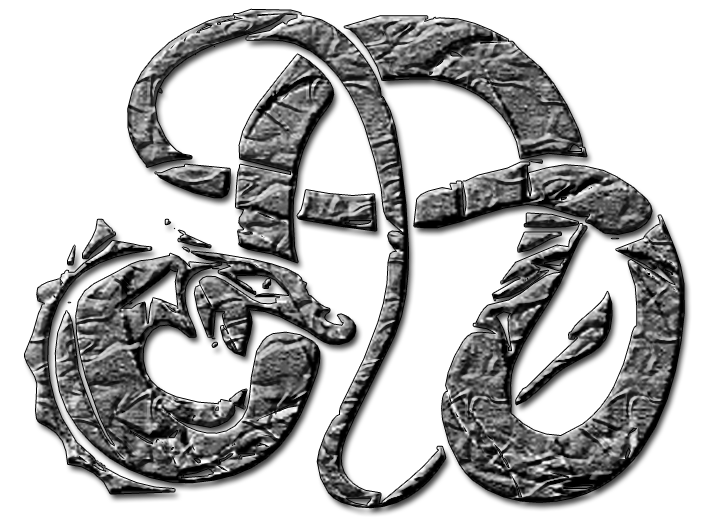Priority – Guide the user
Good web design isn’t simply about making things look pretty. It’s about the user experience and how quickly they can navigate to their desired location; your goal. Keep your page short, but not too short.
Things to consider: Position, Color, Contrast, Size and Design Elements.
Spacing – Too much is awkward and too little is hard to read
Similar to print, spacing makes things clearer, but it’s important to provide a balance when it comes to the web. What may work well in print, does not often work well for the web.
Things to consider: Line Spacing, Padding, White Text.
Navigation – Can I find what I’m looking for in one to three clicks?
Good navigation is critical. Where can I go and where am I now? These are the two questions you should ask yourself as you review your site. Navigation should be easy to use, if it requires too many clicks or drop downs or uses a color scheme that makes it hard to read, users can get lost easily.
Design for Web, Not Print
Many great print designs cannot be made into functional web designs simply because not everyone viewing a website has the same canvas (screen) size. Keep images small, if they need to be viewed larger create a link to a larger image, be sure to use Alt text for descriptions as well.
Things to consider: Can it actually be done? What happens when the screen resizes? Can it be simplified?
Typography – Yes, fonts are important on the web!
As a general rule, sans-serif fonts display better on screen than sans. You also have to account for the fact that not everyone is using the same computer operating system or web browser. This is why so many website rely on calling several fonts in their style sheets, such “font-family: Arial, Helvetica, Verdana, sans-serif;”
Things to consider: Font choices, Font sizes, Spacing, Line Length, Color, Paragraphing.
Usability – Functionality is just as important as aesthetics
Adhere to web standards, w3c.org is a good place to start learning about this. Think about what your users will actually do. What do you want your users to see when they come to your site and can they get there within one to three clicks?
Alignment – Keep content in “buckets”
Most websites are now designed with a grid system in mind so that content sits within specific buckets on a page. This can allow you to make use of open space on the page and keep your content readability at its best.
Consistency – Make it Match
Headings, fonts, colors, design elements should all be consistent. If you’re using more than two different font types on a page, you’re probably doing something wrong. Use appropriate colors, you may even want to consider learning about color symbolism if you’re working on an international site.
Additional Tips
- Keep links current, broken links make it easy for users to give up on visiting your website
- Link names should make sense, use Alt text for descriptions
- Include your contact information or some way for users to contact you, often times users can be the first to report a mistake or something broken on your site, don’t ignore them
To learn more about good web practices visit the World Wide Web Consortium w3c.org to learn about current web standards and accessibility.
